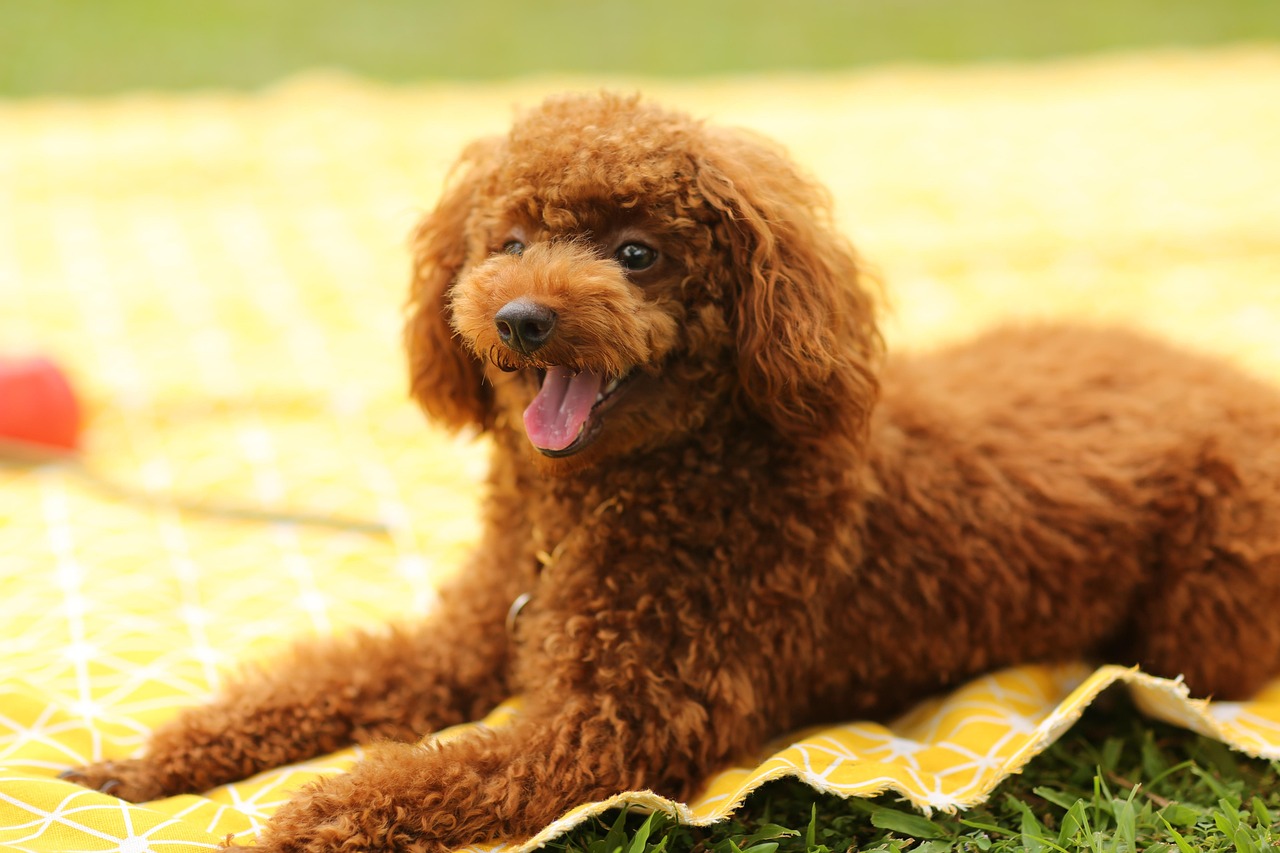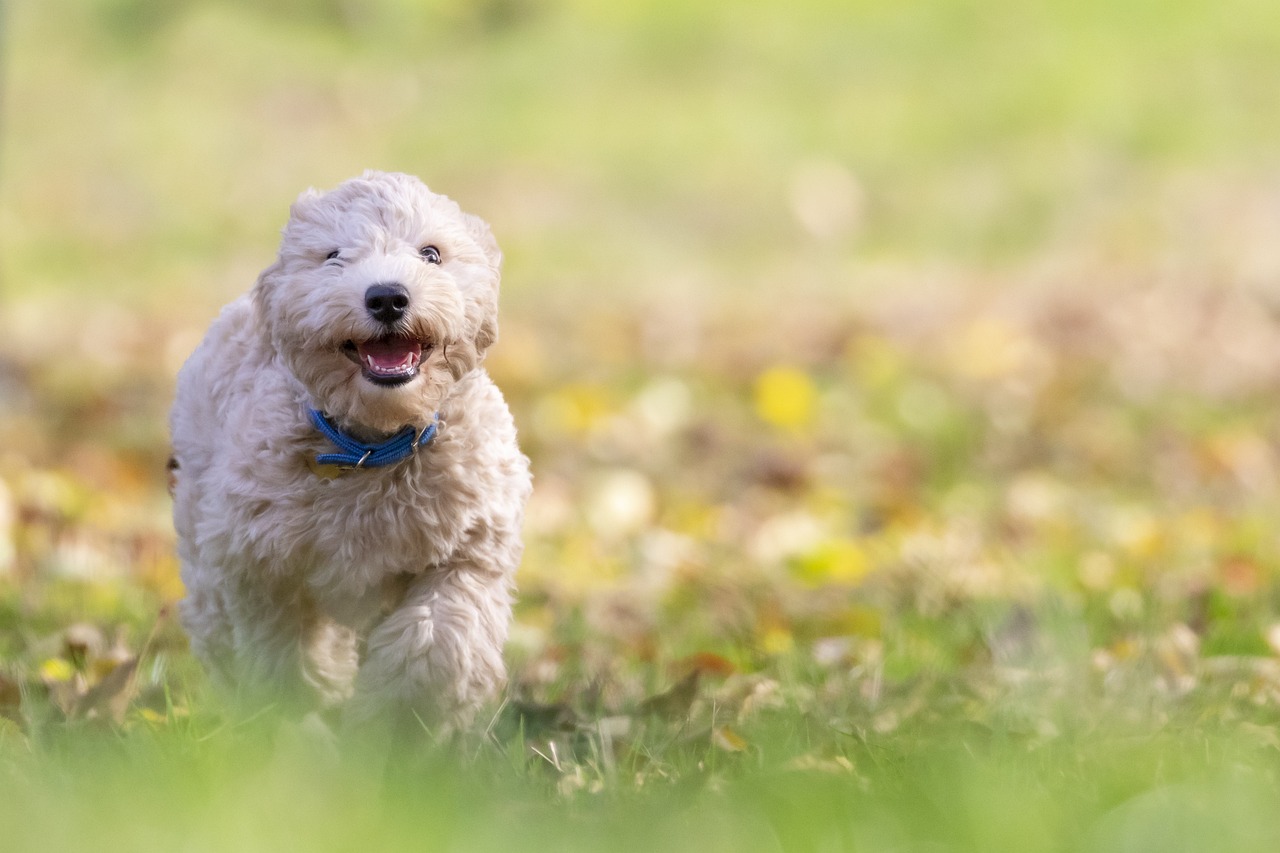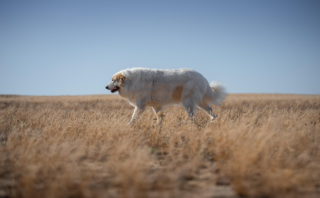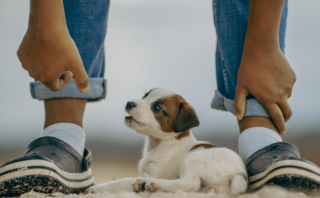Exciting Dog Training Guide for Children: Top 10 Tips
Training a pet dog can be a significant opportunity to teach kids responsibility, empathy, and communication skills. This guide is meant to provide simple and clear instruction on how kids can effectively train a house pet dog. With proper guidance from adults, children can learn to take on the responsibility of training a dog at a very young age. With practice and perseverance, they can effectively guide their pets and create a stronger bond.

Understanding a Dog's Needs
Before the actual training starts, it’s essential to introduce kids to the basics of dog behavior and needs. Like humans, dogs have their simple language of communication which involves barking, whining, and a wide range of body signals. Teaching kids to identify and understand these signals will foster a safe and respectful space for training.
Behavior Basics
Dogs communicate using a series of physical cues and vocal sounds. For instance, a wagging tail can suggest happiness; a raised upper lip can signify aggression. A well-socialized dog is one that feels comfortable in various situations.
Dog Safety
Kids should understand that despite their friendly nature, dogs may display aggression when scared or threatened. They need to learn not to tease or mishandle dogs. Gently introducing them to the pet and teaching them to respect the dog’s personal space is the first step in ensuring safety for both the child and dog.
Basic Commands for Control and Safety
Training a dog to follow basic commands like “sit,” “stay,” “come,” “down,” and “heel” are crucial for controlling the pet in various situations. It can also improve the safety of the pet and people around. Train commands using simple steps and lots of positive reinforcement.
The 'Sit' Command
Ask your child to hold a treat close to the dog’s nose, then move their hand up, allowing the dog’s head to follow the treat and causing its bottom to lower. Once the dog is in a sitting position, let your child say, “Sit,” give the dog the treat and encourage them to share affection.
The 'Come' Command
Ask your child to put a leash and collar on your dog. Your child should then go down to the dog’s level and say, “Come,” while gently pulling on the leash. After the dog comes over, reward it with a treat and affection.
The 'Stay' Command
Before attempting the ‘Stay’ command, make sure your dog is an expert at the ‘Sit’ command. Initially, open your palm, say ‘Stay’, and take a few steps back and reward them if they stay.

Consistency and Patience
Teaching these tasks to a pet dog will require time and consistency. Kids will learn that the work they put into training their pet translates into the behavior of their dogs. Encourage them to be consistent in their instructions and to remain patient during this process.
Frequently Asked Questions
What age is acceptable for kids to start training their pet dog?
Even young children can be involved in training under adult supervision. By five years old, children can begin to train a dog, under the supervision of an adult.
Can every breed of dog be trained by a kid?
With right guidance, most dog breeds can be trained by kids. However, it’s recommended to understand the specific breed’s traits and needs for successful training.
Why is positive reinforcement important in dog training?
Positive reinforcement rewards the behavior you want to train in your dog. This could be a treat, toy, praise, or any form of reward that your dog finds motivating.
What should a child do if a dog doesn't respond to training commands?
Patience and consistency is key. If a dog doesn’t respond immediately, the child should keep trying with the help of an adult.
How long should training sessions with the dog last?
Training sessions should be kept short and frequent. About 15 minutes per session is ideal to keep the dog’s attention.
Conclusion
Teaching kids to train dogs can be a rewarding experience that teaches them responsibility, understanding, communication skills, and patience. By helping them understand the basics about dog behavior, needs, and basic commands, they can develop a stronger bond with their pet. Remember to maintain consistency and patience throughout the process.



